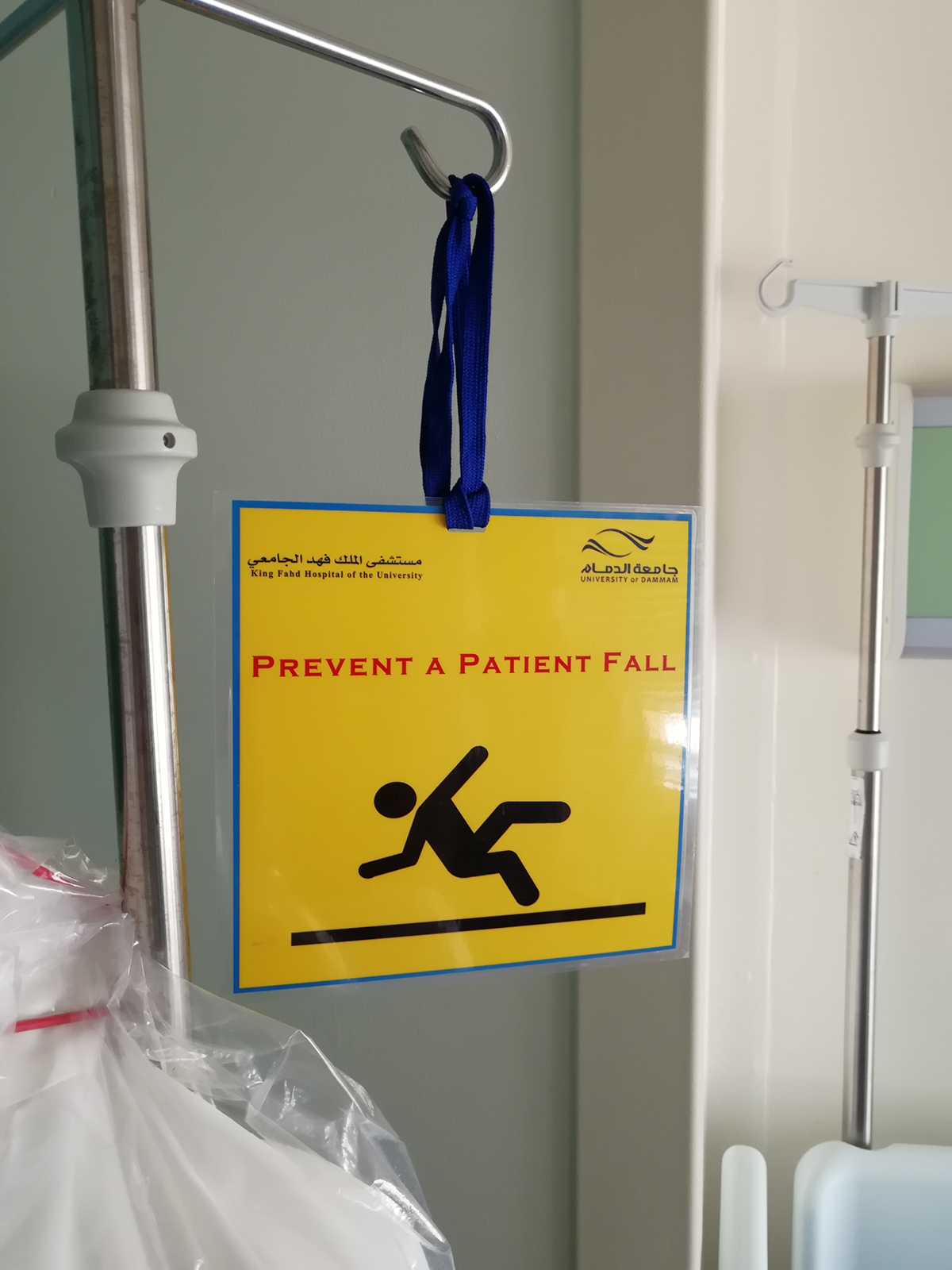
Older people tend to fall and get injured due to many different reasons. Therefore, any factors which may lead to falling and injuries in older adults need to be assessed and taken care of, preventing these unfortunate events from taking place. Studies and trials need to be carried out in order for health and other experts to get the information necessary for creating an environment which prevents falling incidents from affecting older adults.
A fall is, by definition, an event which results in a person getting in an unwanted contact with the ground, without losing consciousness. Thus, there are special assessment processes which determine whether a certain person is more prone to falling than others.
Assessment of Fall Risk in Older Adults
An assessment form consists of many questions and other inquiries, allowing experts to get the necessary information needed for preventing the occurrences of falling. If three or more questions in the form are answered in a positive manner, the individual needs help and guidance and he/she is usually exposed to other kinds of fall risk assessment.
The patients need to put their name and date of birth, along with their NHS number down, before proceeding to the next part of the assessment form.
They need to confirm or deny the presence of any falling or similar incidents during the previous year. Also, they need to say whether they are taking more than 4 different types of medications on a daily basis or not. Also, the presence of strokes or Parkinson's disease in their medical history is assessed through questions in the form.
The patients need to confirm or deny any presence of balance issues or problems when getting up from a sitting position without using the arms.
Once the first side of the fall assessment form is complete, the health expert collects more detailed information about the state of the patient, completing the assessment. The details regarding the falling incidents are necessary, along with factors related to falling. Presence of any form of therapy needs to be noted, as well as any usage of medications of devices for prevention of falling.
If the patient has answered positively in the section about four or more types of medications, he/she is asked about any symptoms of dizziness present. Furthermore, his/her medications are analyzed and assessed as well. Since aging can interfere with regular sleeping patterns, the patient is asked about the presence of this phenomenon in his/her lifestyle or any balance issues appearing during everyday activities.
Other Facts about Fall Risk Assessment in Older Adults
Many factors can lead to older adults falling and losing their balance, getting injured or hurt in any way. A presence of illness, both acute or chronic, or any idiopathic phenomena or a habit of taking specific medications, all can be related to falling and, thus, need to be taken into consideration during the assessment.
Moreover, falling is the first cause of many injuries. Thus, by preventing falling and learning more about the condition which leads to falling in older adults, health experts are capable of preventing the injuries and health problems, keeping their patients safe and healthy.The Heinrich II Fall Risk Model
One of the best fall risk assessment models is the Heinrich II, being easy to administer and providing all the necessary information based on gender, mental and emotional status, symptoms of dizziness, information about medications and many other factors.
Heinrich II fall risk model is meant for use in adult fall risk assessment. Its conciseness and briefness are its main qualities, along with its focusing on many areas of one's fall risk instead of emphasizing specific ones. Also, the single-paper form of this assessment model makes it easy to be stored along with any other form of medical documentation, together with electronic medical data.
If, for example, a patient is admitted into a health facility after falling and getting injured, the Heinrich II fall risk model will present an excellent tool for the diagnostic process. Namely, the model will provide information about the symptoms present in the patient and the type of injury sustained from the fall. Also, it will contain information about the medications the patient is taking on a daily basis, along with the occurrence of falls in recent times.
Once the health experts take all the factors into consideration and do a research on the medications, they can change the therapy of the patient, preventing any symptoms which have lead to falling in the first place.
All in all, fall risk assessment is a very important step towards prevention of injuries and treatment of any existing health problems in older adults. Thus, it is a highly recommended step due to its power to stop many accidents from happening in the future.
Falling can be dangerous, especially when affecting older individuals. Thus, stay safe and seek medical assistance, allowing the assessment of your fall risk to take place. For all you know, after the necessary assessment procedure, you may be completely cured and you may never fall an injure yourself again.





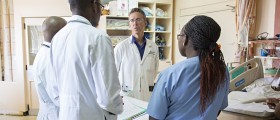

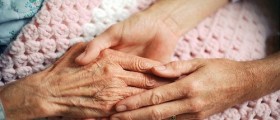
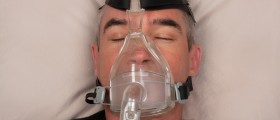
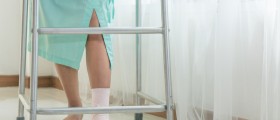

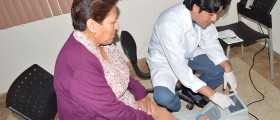
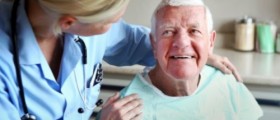
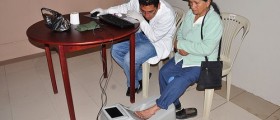



Your thoughts on this
Loading...